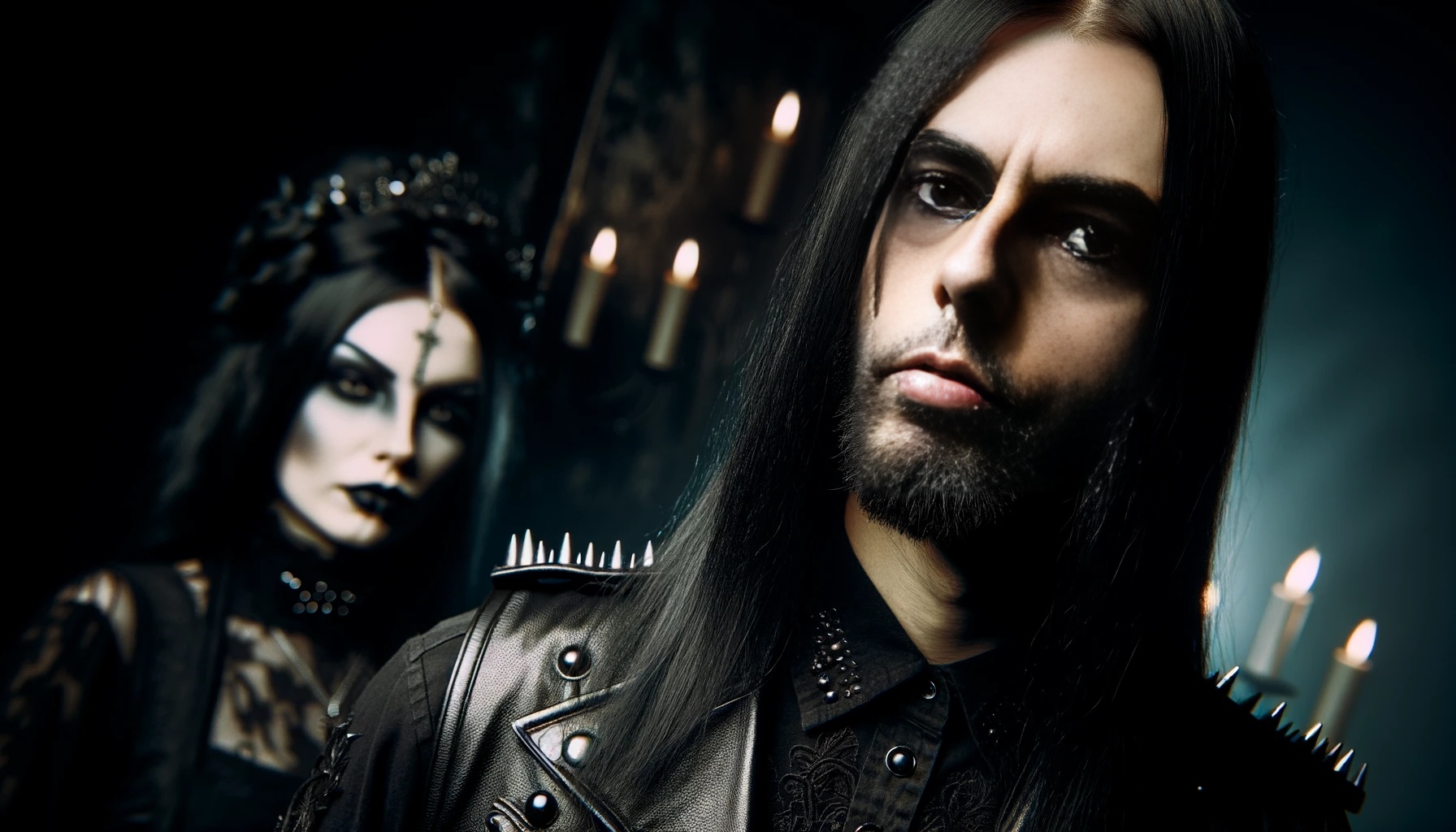The Unstoppable Rage of Heavy Metal
Rumbling guitar riffs, thundering drums, and screaming vocals – the unmistakable battle cry of Heavy Metal, a genre born from the darkest depths of human expression. For decades, Metal has been the sonic stronghold for legions of headbangers worldwide, an unyielding testament to the rebellious spirit that refuses to be silenced. From the pioneers like Black Sabbath to the advent of modern subgenres, Heavy Metal has traversed uncharted territories, morphing and evolving into an ever-expanding universe of raw power and complexity. Join us on this blood-pumping journey as we trace the roots and evolution of Heavy Metal, where no compromise is made and the brutality knows no bounds.
The Dark Genesis – Black Sabbath and the Birth of Heavy Metal
Before the blazing sun of the 1970s dawned upon the world, a trio of Birmingham musicians set the stage for an unprecedented era of darkness. Black Sabbath, comprised of Tony Iommi, Geezer Butler, Ozzy Osbourne, and Bill Ward, unleashed their eponymous debut album in 1970. This record would lay the very foundations of Heavy Metal, forever shaping the genre’s future.
Armed with downtuned guitars, foreboding lyrics, and a haunting atmosphere, Black Sabbath pioneered a sound that was unlike anything the world had heard before. Tracks like “Black Sabbath” and “Iron Man” became anthems for the disenchanted youth, fueling the rebellious fire that Metal would soon embrace. The simplicity of their approach, combined with an unapologetic darkness, resonated with countless souls hungry for a release from societal constraints.
The Thrash Revolution – Raining Blood and the Rise of Speed Metal
As the 1980s rolled in, a new wave of bands emerged, thirsty for even more aggression and speed. Thrash Metal stormed the scene, exemplified by the likes of Metallica, Slayer, Megadeth, and Anthrax. These bands injected Metal with adrenaline, pushing the boundaries of speed, technicality, and raw fury.
Slayer’s seminal album, “Reign in Blood,” remains a pinnacle of the Thrash Metal movement. Tracks like “Angel of Death” and “Raining Blood” showcased relentless riffing and blistering solos, establishing Thrash Metal as a force to be reckoned with. The intensity of this subgenre resonated with fans seeking an unrelenting catharsis through the sheer power of sound.
The Grand Symphonies – Power Metal’s Quest for Glory
Amidst the ever-growing spectrum of Heavy Metal, Power Metal emerged as a majestic counterpart. Celebrating themes of fantasy, heroism, and epic tales, Power Metal brought soaring vocals, melodic harmonies, and symphonic elements to the forefront.
Helloween, known as the pioneers of Power Metal, released their iconic “Keeper of the Seven Keys” albums, which set the standards for the subgenre. Tracks like “I Want Out” and “Eagle Fly Free” showcased a vibrant and uplifting tone, a stark contrast to the darker realms of early Metal. Power Metal’s quest for glory and fantastical narratives resonated with those seeking an escape into a world of imagination and triumph.
The Bleak Horizons – Doom Metal’s Ode to Despair
As the 1990s approached, a slower, more desolate form of Metal emerged – Doom Metal. Characterized by sluggish tempos, crushing heaviness, and introspective themes of despair, Doom Metal provided a sanctuary for introspection and self-discovery.
My Dying Bride’s “Turn Loose the Swans” became an emblem of Doom Metal, captivating listeners with its somber melodies and poetic sorrow. Bands like Candlemass and Paradise Lost also contributed to the genre’s growth, creating a haven for those seeking solace in melancholic soundscapes.
The Explosive Experimentation – Progressive Metal’s Complex Odyssey
As the boundaries of Metal continued to be pushed, a more intricate and intellectually demanding subgenre emerged – Progressive Metal. Experimentation and technical prowess became the cornerstones of this genre, with bands like Dream Theater, Tool, and Opeth leading the charge.
Dream Theater’s “Images and Words” remains a landmark release in Progressive Metal, boasting intricate arrangements, complex time signatures, and virtuosic performances. Progressive Metal’s allure lies in its ability to challenge listeners while taking them on an exhilarating journey through uncharted musical territories.
The Unholy Fusion – The Birth of Extreme Metal
The late 1980s and early 1990s witnessed the rise of Extreme Metal subgenres, including Death Metal and Black Metal. These genres embraced raw aggression, pushing the boundaries of heaviness, and delving into darker, often controversial subject matter.
Death’s “Symbolic” album became an iconic representation of Death Metal’s technical brutality, incorporating complex song structures and virtuosic instrumental performances. Meanwhile, the Norwegian Black Metal scene, spearheaded by bands like Mayhem and Burzum, embraced a raw and lo-fi aesthetic, coupled with aggressive anti-establishment themes.
The New Millennium – A Multiverse of Subgenres
As the new millennium dawned, Heavy Metal’s trajectory fragmented into an ever-expanding multiverse of subgenres. From Metalcore, Djent, and Deathcore to Folk Metal, Nu Metal, and Post-Metal, the genre defied definition and embraced limitless experimentation.
With bands like Avenged Sevenfold bridging the gap between Heavy Metal and mainstream audiences, and others like Meshuggah pushing the boundaries of technicality and rhythmic complexity, Heavy Metal entered an era of unprecedented diversity.
The Everlasting Evolution of Heavy Metal
From the earth-shattering rumble of Black Sabbath’s early days to the polyrhythmic complexity of modern Djent, the evolution of Heavy Metal remains an unstoppable force. As the genre continues to morph and expand, embracing new subgenres and sonic possibilities, one thing remains certain – the spirit of rebellion, raw aggression, and unapologetic expression will forever define Heavy Metal.
Return to the home page for some more dark and captivating content and also make sure to watch the Wacken live stream at Magenta Musik. That’s what i do while Xavi’s at Wacken. Damn I’m so fucking jealous.
Follow me on social media


